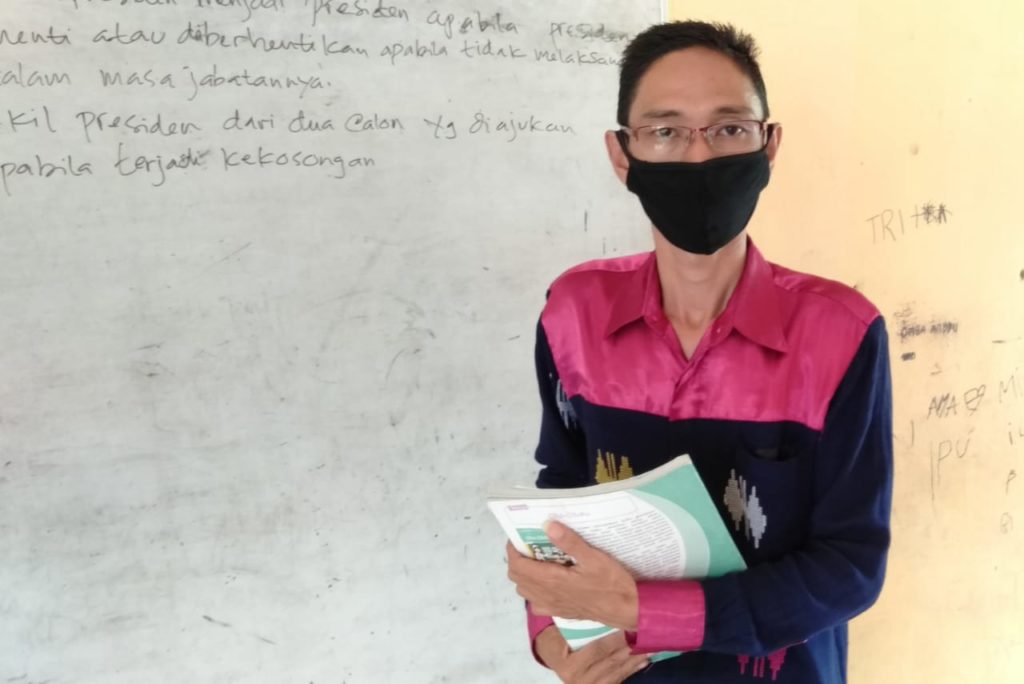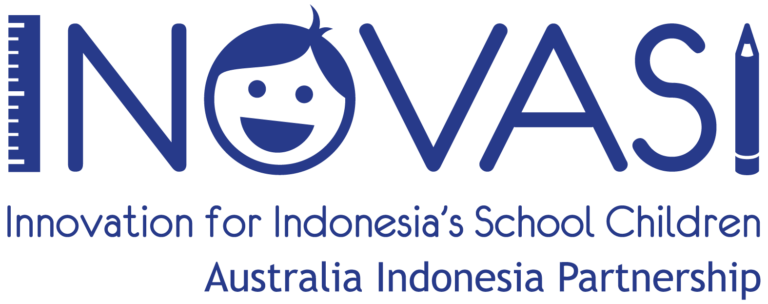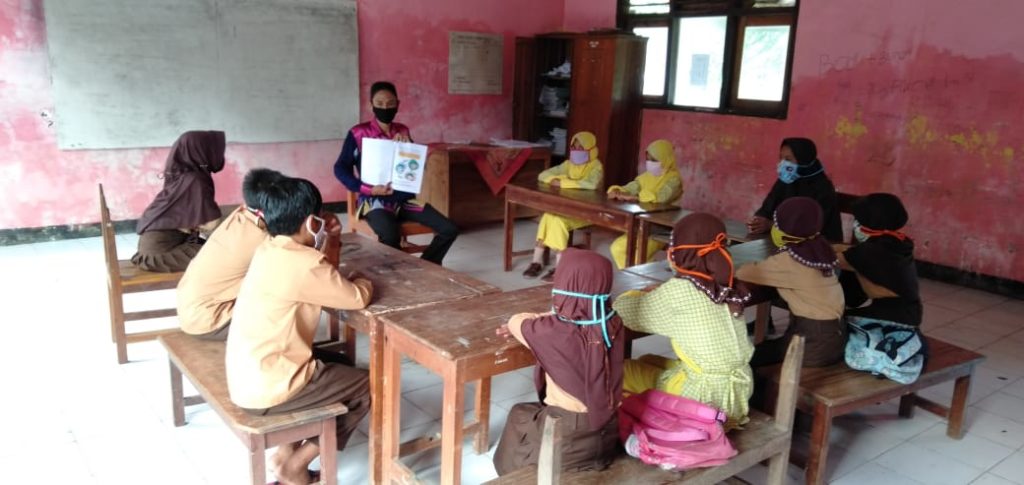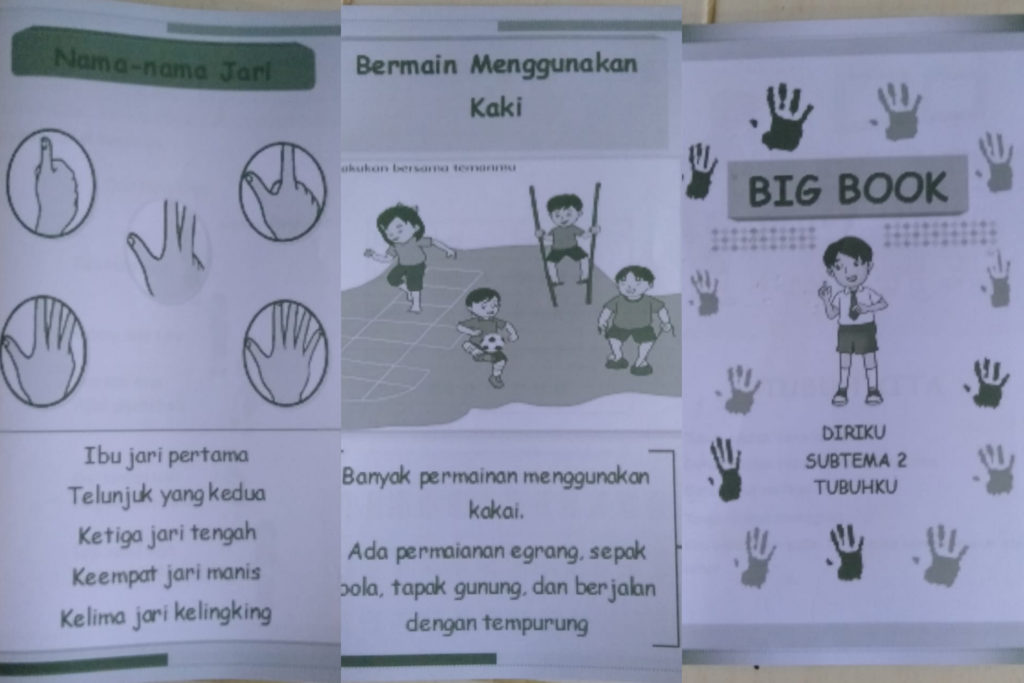
The Bima District Education Office has currently adopted three learning models for elementary schools. For grade six, learning is fully carried out face-to-face while following health protocols. Meanwhile, other grades are given the freedom to decide the learning model, whether online or offline, with limitations. Arman’s school has adapted to the conditions of the students and the environment. The Education Office has emphasized that whatever decision is made on the learning model, the school committee must involve the students’ parents.
At the school where Arman teaches, the only choice is offline. This is because the socio-economic conditions of the people living in the area do not allow for online learning. At the beginning of the 2020 school year, the teachers of SDN Inpres Tawali gathered information on the availability of electronic devices for online learning. As it turned out, out of Arman’s nine students, only one had a mobile phone, which was rarely used due to limited credit. The school finally decided to take turns conducting offline learning. Each class comes to school only twice a week. The students pick up assignments one day and submit their assignments while picking up new materials on another day.
Arman understood that the students would quickly get bored with studying at home. For that reason, he simplified the learning material and made it more interesting. Arman included many pictures that support the simplified learning materials. According to Arman, using a lot of pictures helps students digest the learning material more quickly.
“In science, for example, I take out the definitions from books and make them shorter, and the language is made simpler. I have also decided to pick up the most important parts to teach, so not all materials are taught,” explained Arman.
Visual language is indeed very dominant in the thought process of students of elementary school age. Arman put his simplified learning materials and supporting pictures into a Big Book that he made. He then developed Student Worksheets (Lembar Kerja Siswa, or LKS) in the form of two-or-three page ‘semi comic books’ that contain a brief summary of the learning material. These various learning media have been well received by the students in Arman’s class and other classes as well.
“The children often scramble to see and read what the LKS contains, even though the material in there is not suitable for their grade. The students from lower grades often come to read the material that I have made for my class in grade five, so I usually make a lot of copies,” said Arman.
As one of INOVASI’s Learning Area Facilitators in Bima district, Arman is passionate about sharing knowledge and skills with other teachers. He also helps his colleagues simplify the material and create various learning media, such as making Big Books. As a result, some of the teachers he has worked with are now able to create their own Big Books.
Arman shares his spirit of creativity with his students. Each week, he asks his students to create something at home – crafts, drawings, poetry, or stories – which they then bring to school. Arman hopes that these types of activities will inspire his students while spending their time at home.








